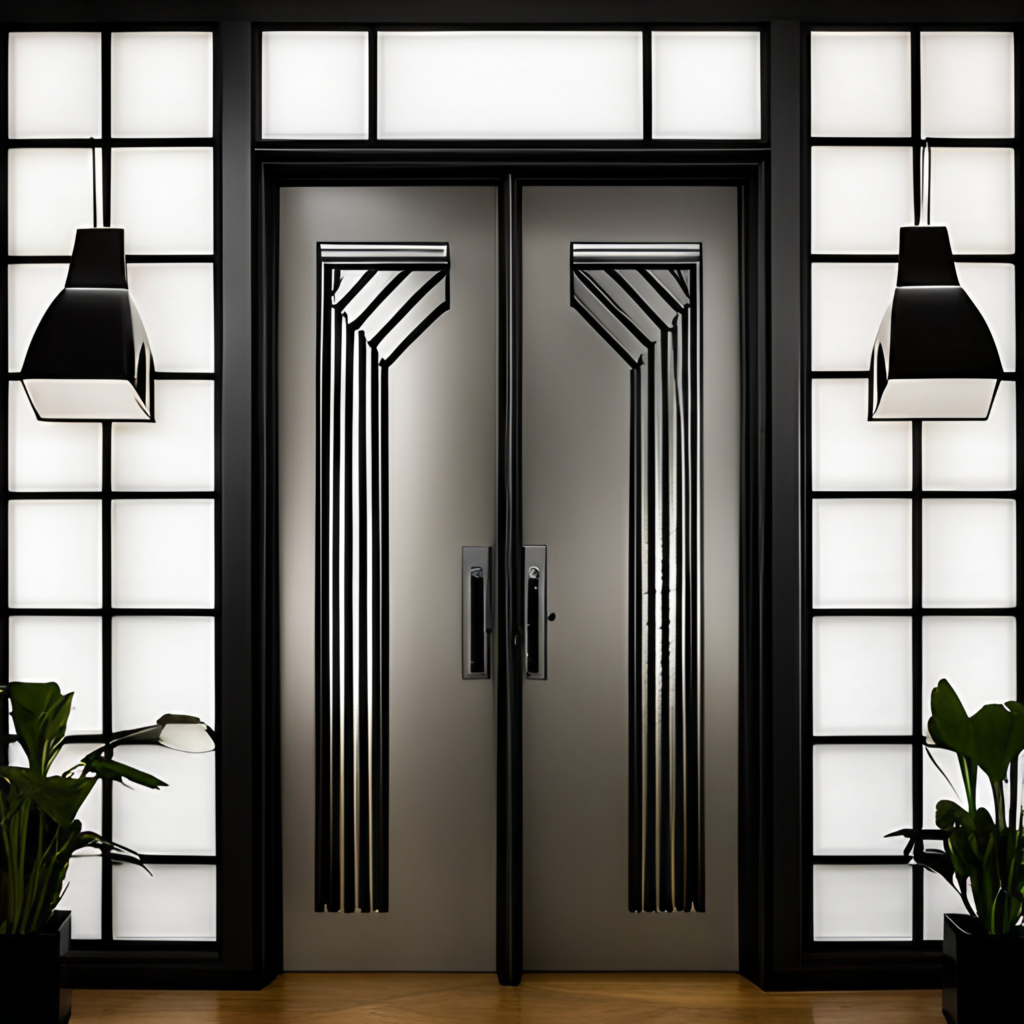
Steel doors are a popular choice for both residential and commercial properties due to their strength, durability, and security features. This comprehensive guide will provide you with all the essential information about steel doors, including their benefits, types, installation process, maintenance tips, and comparisons with other door materials.
Benefits of Steel Doors
Security
Steel doors are known for their superior strength and resistance to forced entry. They provide an added layer of security, making them an excellent choice for safeguarding your property.
Durability
Steel doors are incredibly durable and can withstand harsh weather conditions without warping, cracking, or rotting. This makes them a long-lasting option for any property.
Energy Efficiency
Modern steel doors are designed with energy efficiency in mind. They often come with insulated cores that help reduce heat loss and maintain indoor temperatures, leading to lower energy bills.
Low Maintenance
Steel doors require minimal maintenance compared to other materials. They are resistant to dents, scratches, and corrosion, making them easy to care for over time.
Aesthetic Versatility
Steel doors come in various styles, finishes, and colors, allowing for customization to match the aesthetic of any building. They can also be designed to mimic the look of wood or other materials.
Types of Steel Doors
Hollow Metal Doors
Hollow metal doors are made from steel sheets wrapped around a core of insulating material. They are commonly used in commercial settings for their strength and fire resistance.
Solid Steel Doors
Solid steel doors are made entirely of steel, offering maximum security and durability. They are often used in high-security areas.
Steel Entry Doors
Steel entry doors are designed for residential use and combine the strength of steel with aesthetic appeal. They often feature decorative panels, glass inserts, and various finishes.
Fire-Rated Steel Doors
Fire-rated steel doors are designed to withstand fire for a specified period, providing crucial time for evacuation and reducing the spread of flames. They are commonly used in commercial buildings and multi-family residences.
Installation Process
Professional Installation
For optimal performance and security, it is recommended to hire a professional to install your steel door. Professionals have the expertise and tools to ensure a proper fit and secure installation.
DIY Installation
If you have experience with door installations, you may choose to install a steel door yourself. Ensure you measure the door frame accurately and follow the manufacturer’s instructions closely.
Preparing the Site
Before installation, remove the old door and any debris from the opening. Ensure the door frame is level and in good condition to support the new steel door.
Installing the Door
- Step 1: Place the door in the frame and check for a proper fit.
- Step 2: Secure the door with screws through the hinges into the frame.
- Step 3: Install the door hardware, including the handle and lock.
- Step 4: Check the door’s operation, ensuring it opens and closes smoothly.
- Step 5: Apply weatherstripping and caulk around the edges to ensure a weather-tight seal.
Maintenance Tips
Regular Cleaning
Clean your steel door regularly with mild soap and water. Avoid abrasive cleaners that can scratch the surface.
Inspect for Damage
Periodically inspect the door for any signs of damage, such as dents, scratches, or rust. Address any issues promptly to prevent further damage.
Lubricate Hinges and Locks
Lubricate the hinges and locks with a silicone-based lubricant to ensure smooth operation and prevent rust.
Repaint When Necessary
Over time, the paint on steel doors may fade or chip. Repaint the door as needed to maintain its appearance and protect it from the elements.
Protect from Corrosion
Although steel doors are resistant to rust, they can still corrode if exposed to harsh chemicals or excessive moisture. Ensure the door is properly sealed and protected from these elements.
Steel Doors vs. Other Materials
Steel vs. Wood
- Durability: Steel doors are more durable and resistant to weather conditions than wood doors.
- Maintenance: Wood doors require regular maintenance, including painting and sealing, whereas steel doors are virtually maintenance-free.
- **
Energy Efficiency:** Modern steel doors with insulated cores are comparable in energy efficiency to wood doors.
Steel vs. Fiberglass
- Durability: Steel doors are generally more durable and resistant to impact than fiberglass doors.
- Maintenance: Both materials require low maintenance, but fiberglass doors are slightly more resistant to dents and scratches.
- Cost: Steel doors are typically more affordable than fiberglass doors, making them a cost-effective option for many homeowners.
Steel vs. Aluminum
- Strength: Steel doors are stronger and provide better security than aluminum doors.
- Corrosion Resistance: Aluminum doors are more resistant to corrosion, making them suitable for coastal areas.
- Energy Efficiency: Both materials offer good energy efficiency, but steel doors with thermal breaks can provide superior insulation.
Conclusion
Steel doors offer numerous benefits, including superior security, durability, energy efficiency, and low maintenance. With various types and customization options available, they can enhance the safety and aesthetic appeal of any property. By understanding the installation process and following maintenance tips, you can ensure that your steel door remains functional and attractive for many years. Whether you are upgrading your home or securing a commercial building, steel doors are a smart and reliable choice.








